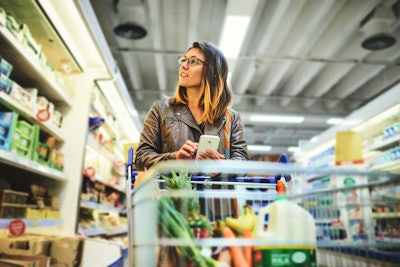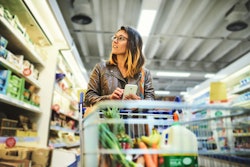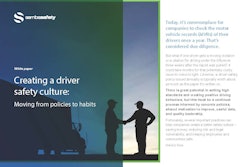
Food manufacturers, processors and distributors have seen high demand during the Coronavirus disease (COVID-19) crisis, as consumers strive to keep pantries stocked and refrigerators full to comply with stay-at-home orders. Yet, the situation across the sector is uneven and the industry will face significant challenges as lockdowns lift. Many companies will need to rethink their strategy and adjust their focus to meet changing demand in the post-pandemic world.
Food and beverage companies constitute essential businesses, but those serving hospitality and restaurants have experienced significant declines in demand. Meat processing plants have been compelled to close due to Coronavirus outbreaks and health restrictions. According to a survey conducted by Clear Seas Research, 53% of food and beverage processors are concerned about supply chain challenges.
There was significant disruption caused by a lag in the supply chain at the beginning of the pandemic. While that situation has since stabilized, food and beverage companies will have to adapt to the New Normal going forward. As the country opens, food and beverage manufacturers, processors and distributors will need a comeback strategy.
Here are several ways companies will need to re-think and redirect their businesses.
Shifting to direct-to-consumer. With restaurants and hotels closed, food processors and distributors have had to pivot their businesses to survive. Many companies are shifting to direct to consumer, either by revamping their own websites for direct ordering or through home delivery. More food companies are using their platforms during the pandemic to reach out to consumers with appropriate and tailored COVID-19 messages.
While the logistics of consumer delivery and fulfillment are more challenging, B to C typically offers twice the margins as B to B. Even when restaurants reopen, social distancing rules and potential consumer reluctance to mingle in crowds mean this segment may never come back fully. Food and beverage companies that move to a more consumer-focused approach most likely will need to maintain it and work to make it economically viable going forward.
Diversifying the supply chain. During the tariff wars, many companies took steps to divert their sourcing away from China to different parts of Asia and Europe. After lockdowns end, factories around the world will have to deal with labor force issues, as workers opt not to return or need to be incentivized to come back, leading to higher costs. As the ebb and flow of the pandemic continues to be uncertain across the globe, food companies will need to continue diversifying their supply chains to prevent shortages.
Retooling for worker safety. According to the Clear Seas survey, 89% of food processors report they have already implemented social distancing in accordance with FDA guidelines. Other necessary measures will include rigorous cleaning and disinfection, staggered hours and possibly a smaller workforce. These steps for getting back to business will ultimately increase costs, which may have to be passed on to the consumer. But, failure to put them in practice potentially would have worse consequences, in that shoppers could face empty supermarket shelves.
Keeping the shipments flowing. It’s likely that consumer demand will remain high as people continue to restrict their movements for safety reasons. Food and beverage companies will need to keep the goods flowing by ensuring there are enough drivers and truckers for the seamless shipping and movement of products.
Everyone needs to eat and drink, and maintaining enough supply to meet the demand during the COVID-19 crisis has become essential. Many food and beverage companies will need to reshape their businesses, possibly by working with different types of players, or by becoming more tech-oriented than bricks and mortar.
There will certainly be more consolidation, as companies combine for strength and to meet the pent-up demand in mergers and acquisitions. As life continues to change in the days and months ahead, food and beverage manufacturers, processors and distributors will need to change with it to thrive in a brave new business climate.




















